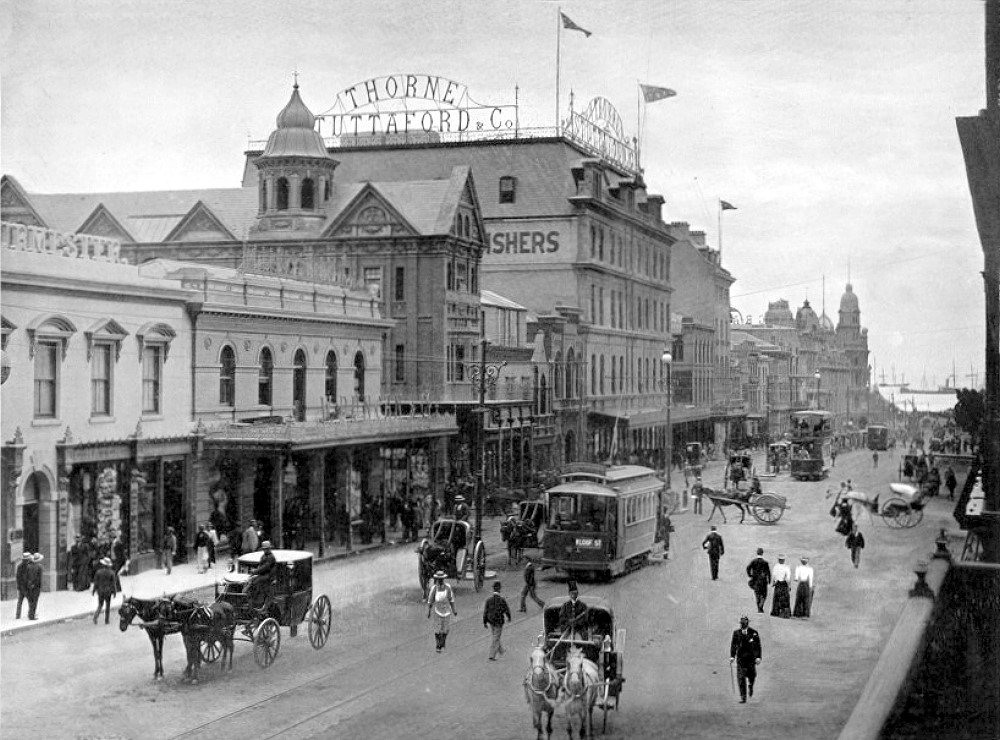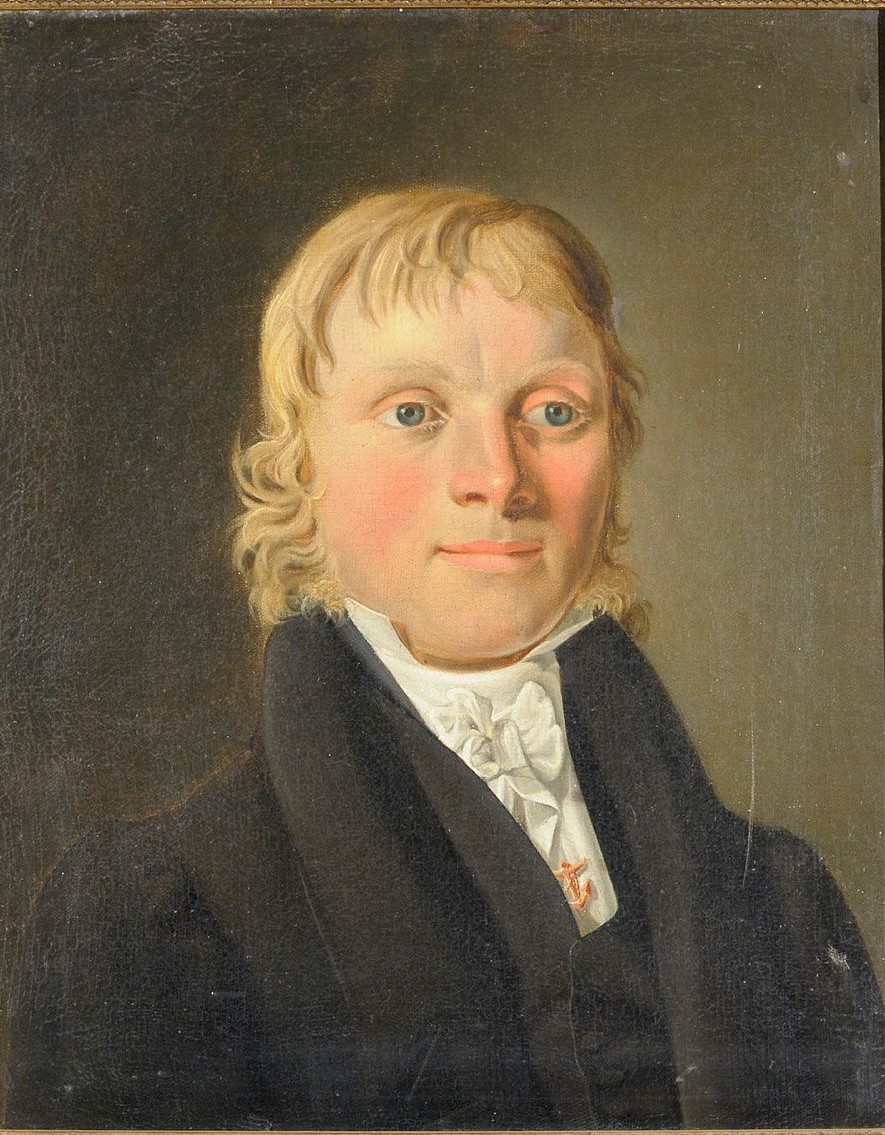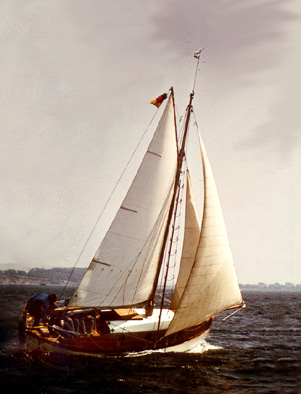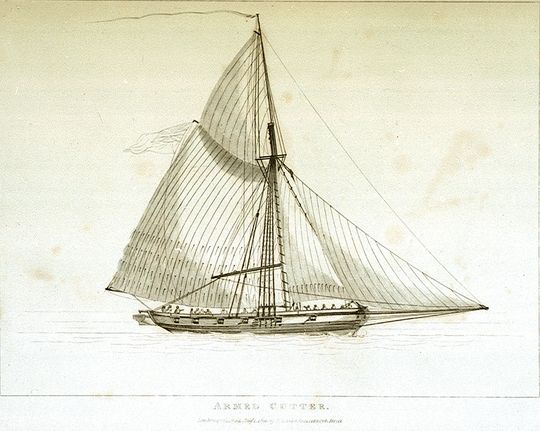|
HDMS Holsteen
''Holsteen'' was a 60-gun ship of the line in the Royal Dano-Norwegian Navy. She was commissioned in 1775 and the British Royal Navy captured her in the Battle at Copenhagen Roads on 2 April 1801. The British renamed the ship HMS ''Holstein'', and later HMS ''Nassau''. She participated in one major battle during the Gunboat War and was sold in 1814. Design ''Holsteen'' was the name ship of her class of three vessels. The Danish naval builder, Frederik Michael Krabbe, was the chief designer and builder for the Danish navy. She was a foot narrower than the otherwise identical ''Oldenborg''-class vessels. Danish service In 1775 ''Holsteen'' fitted out during a voyage to Norway, where she was used as a command ship for the ships laid up in Trosvik (near the mouth of the Oslo Fjord), before she returned to Copenhagen in 1776. From 25 May 1776 to 16 July 1780 ''Holsteen'' sailed to Lisbon, the Gold Coast, and Cape Town. On her return in July 1780, she performed guardship duties i ... [...More Info...] [...Related Items...] OR: [Wikipedia] [Google] [Baidu] |
Frederik Michael Krabbe
Frederik Michael Krabbe (1725–1796)Topsøe-Jensen, Vol 2, pp 25–27. was a Danish naval officer and master shipbuilder (''fabrikmester'') Personal Born at Esrum, some 22 miles north of Copenhagen, on 28 May 1725, Krabbe was the son of a regimental quartermaster. His first marriage, to Cæcilie Andrea Bille (whose father was rear admiral Daniel Ernst Bille)at the naval church at Holmen, established links with two important Danish naval families - the Billes and the Stibolts through his bride's parentage. He had three marriages altogether (1759, 1766 and 1772) which all ended with his wives' deaths. His second wife was Christiane Charlotte Charisius(1738-1771), daughter of Constantin Augustus Charisius of Constantinborg and Kirsten baronesse Gyldenkrone. His third wife was Edel Margrethe Sehested (1749-1827), daughter of Anders Sehested of Stamhuset BroholmWibeke Marie von Pultz. Career He joined the navy in 1741 as a very junior cadet, and in 1746 saw service in ''Sydermanl ... [...More Info...] [...Related Items...] OR: [Wikipedia] [Google] [Baidu] |
Cape Town
Cape Town ( af, Kaapstad; , xh, iKapa) is one of South Africa's three capital cities, serving as the seat of the Parliament of South Africa. It is the legislative capital of the country, the oldest city in the country, and the second largest (after Johannesburg). Colloquially named the ''Mother City'', it is the largest city of the Western Cape province, and is managed by the City of Cape Town metropolitan municipality. The other two capitals are Pretoria, the executive capital, located in Gauteng, where the Presidency is based, and Bloemfontein, the judicial capital in the Free State, where the Supreme Court of Appeal is located. Cape Town is ranked as a Beta world city by the Globalization and World Cities Research Network. The city is known for its harbour, for its natural setting in the Cape Floristic Region, and for landmarks such as Table Mountain and Cape Point. Cape Town is home to 66% of the Western Cape's population. In 2014, Cape Town was named the ... [...More Info...] [...Related Items...] OR: [Wikipedia] [Google] [Baidu] |
Carl Wilhelm Jessen
Carl Wilhelm Jessen (10 July 1764 – 30 March 1823) was a Danish naval officer and Governor of St Thomas in the Danish West Indies. Career Carl Wilhelm Jessen was a Danish-Norwegian naval officer and the son of Councillor of State Nicolai Jacob Jessen and Marie Christine Jacobi. Jessen became a naval cadet in 1776. He was commissioned as a junior lieutenant in the navy in 1782, and then was promoted senior lieutenant in 1789, commander in 1796, captain in 1803, senior captain in 1810, and commodore in 1815. He left naval service as a rear admiral in 1822. He then became Governor of the island of St Thomas in the Danish West Indies. Ships and actions Immediately after his lieutenant's examination, Jessen joined an expedition to the Caribbean with the small ''Lærken'', where he participated in an engagement against two British privateers. Between 1784 and 1786 Jessen participated in commercial trading voyages with (Danish) West India Company ships as first mate. In 178 ... [...More Info...] [...Related Items...] OR: [Wikipedia] [Google] [Baidu] |
Kronborg
Kronborg is a castle and stronghold in the town of Helsingør, Denmark. Immortalized as Elsinore in William Shakespeare's play ''Hamlet'', Kronborg is one of the most important Renaissance castles in Northern Europe and was inscribed on the UNESCO's World Heritage List in 2000. The castle is situated on the extreme northeastern tip of the island of Zealand at the narrowest point of the Øresund, the sound between present Denmark and the provinces of present Sweden that were also Danish at the time the castle was built. In this part, the sound is only wide, hence the strategic importance of maintaining a coastal fortification at this location commanding one of the few outlets of the Baltic Sea. The castle's story dates back to a stronghold, ''Krogen'', built by King Eric VII in the 1420s. Along with the fortress Kärnan in Helsingborg on the opposite coast of Øresund, it controlled the entranceway to the Baltic Sea. From 1574 to 1585, King Frederick II had the medieval for ... [...More Info...] [...Related Items...] OR: [Wikipedia] [Google] [Baidu] |
Holmen, Copenhagen
() is a water-bound neighbourhood in Copenhagen, Denmark, occupying the former grounds of the Royal Naval Base and Dockyards. In spite of its name, deceptively in singular, Holmen is a congregation of small islands, forming a north-eastern extension of Christianshavn between Zealand and the northern tip of Amager. Holmen was created by a series of land reclamations to house the Holmen Naval Base after it was moved from Gammelholm and used to occupy the entire area, but activities have gradually been moved elsewhere. Since the early 1990s, the area has instead been redeveloped for other use as a new district of the city, while the remaining naval facilities are confined to the northernmost islet of Nyholm. The area is today characterized by a mixture of residential developments, creative businesses and educational institutions and remaining military activities. Holmen is also home to the Copenhagen Opera House which was completed in 2005. Though technically a part of the ... [...More Info...] [...Related Items...] OR: [Wikipedia] [Google] [Baidu] |
Battle Of Copenhagen (1807)
The Second Battle of Copenhagen (or the Bombardment of Copenhagen) (16 August – 7 September 1807) was a British bombardment of the Danish capital, Copenhagen, in order to capture or destroy the Dano-Norwegian fleet during the Napoleonic Wars. The incident led to the outbreak of the Anglo-Russian War of 1807, which ended with the Treaty of Örebro in 1812. Britain's first response to Napoleon's Continental System was to launch a major naval attack on Denmark. Although ostensibly neutral, Denmark was under heavy French pressure to pledge its fleet to Napoleon. In September 1807, the Royal Navy bombarded Copenhagen, seizing the Danish fleet and assured use of the sea lanes in the North Sea and Baltic Sea for the British merchant fleet. A consequence of the attack was that Denmark did join the Continental System and the war on the side of France, but without a fleet it had little to offer. The attack gave rise to the term to ''Copenhagenize''. Background Despite the defeat ... [...More Info...] [...Related Items...] OR: [Wikipedia] [Google] [Baidu] |
Galliot
A galiot, galliot or galiote, was a small galley boat propelled by sail or oars. There are three different types of naval galiots that sailed on different seas. A ''galiote'' was a type of French flat-bottom river boat or barge and also a flat-bottomed boat with a simple sail for transporting wine. Naval vessels * Mediterranean, (16th–17th centuries) : Historically, a galiot was a type of ship with oars, also known as a half-galley, then, from the 17th century forward, a ship with sails and oars. As used by the Barbary pirates against the Republic of Venice, a galiot had two masts and about 16 pairs of oars. Warships of the type typically carried between two and ten cannons of small caliber, and between 50 and 150 men. It was a Barbary galiot, captained by Barbarossa I, that captured two Papal vessels in 1504. * North Sea (17th–19th centuries) : A galiot was a type of Dutch or German merchant ship of 20 to 400 tons ( bm), similar to a ketch, with a rounded fore and aft ... [...More Info...] [...Related Items...] OR: [Wikipedia] [Google] [Baidu] |
Hired Armed Cutter Florence
Henry Jamison "Jam" Handy (March 6, 1886 – November 13, 1983) was an American Olympic breaststroke swimmer, water polo player, and founder of the Jam Handy Organization (JHO), a producer of commercially sponsored motion pictures, slidefilms (later known as filmstrips), trade shows, industrial theater and multimedia training aids. Credited as the first person to imagine distance learning, Handy made his first film in 1910 and presided over a company that produced an estimated 7,000 motion pictures and perhaps as many as 100,000 slidefilms before it was dissolved in 1983. Athletic activities As a swimmer, Handy introduced a number of new swimming strokes to Americans, such as the Australian crawl. He would often wake up early and devise new strokes to give him an edge over other swimmers. Swimming led to him getting a bronze in the 1904 Olympics at St. Louis, Missouri. Twenty years later he was part of the Illinois Athletic Club water polo team at the 1924 Olympics in Paris, Fr ... [...More Info...] [...Related Items...] OR: [Wikipedia] [Google] [Baidu] |
Cutter (ship)
A cutter is a type of watercraft. The term has several meanings. It can apply to the rig (or sailplan) of a sailing vessel (but with regional differences in definition), to a governmental enforcement agency vessel (such as a coast guard or border force cutter), to a type of ship's boat which can be used under sail or oars, or, historically, to a type of fast-sailing vessel introduced in the 18th century, some of which were used as small warships. As a sailing rig, a cutter is a single-masted boat, with two or more headsails. On the eastern side of the Atlantic, the two headsails on a single mast is the fullest extent of the modern definition. In U.S. waters, a greater level of complexity applies, with the placement of the mast and the rigging details of the bowsprit taken into account so a boat with two headsails may be classed as a sloop. Government agencies use the term "cutter" for vessels employed in patrolling their territorial waters and other enforcement activities. ... [...More Info...] [...Related Items...] OR: [Wikipedia] [Google] [Baidu] |
Hired Armed Vessels
During the eighteenth and nineteenth centuries the Royal Navy made use of a considerable number of hired armed vessels. These were generally smaller vessels, often cutters and luggers, that the Navy used for duties ranging from carrying and passengers to convoy escort, particularly in British coastal waters, and reconnaissance.Winfield (2008), p.387. Doctrine The Navy Board usually hired the vessel complete with master and crew rather than bareboat. Contracts were for a specified time or on an open-ended monthly hire basis. During periods of peace, such as the period between the Treaty of Amiens and the commencement of the Napoleonic Wars, the Admiralty returned the vessels to their owners, only to rehire many on the outbreak of war. The Admiralty provided a regular naval officer, usually a lieutenant for the small vessels, to be the commander. The civilian master then served as the sailing master. For purposes of prize money or salvage, hired armed vessels received the sa ... [...More Info...] [...Related Items...] OR: [Wikipedia] [Google] [Baidu] |
Blackwall Yard
Blackwall Yard is a small body of water that used to be a shipyard on the River Thames in Blackwall, engaged in ship building and later ship repairs for over 350 years. The yard closed in 1987. History East India Company Blackwall was a shipbuilding area since the Middle Ages. In 1607, the Honorable East India Company (HEIC) decided to build its own ships and leased a yard in Deptford. Initially, this change of policy proved profitable as the first ships cost the Company about £10 per ton instead of the £45 per ton that it had been paying to have ships built for it. However, the situation changed as the Deptford yard came to be expensive to run. In 1614 the East India Company outgrew Deptford and ordered William Burrell to begin work on a new yard for repair, construction and loading of out-going ships. The site Burrell selected was at Blackwall, which was further down river and had deeper water, allowing laden ships to moor closer to the dock. The new yard was fully ope ... [...More Info...] [...Related Items...] OR: [Wikipedia] [Google] [Baidu] |







.png)


